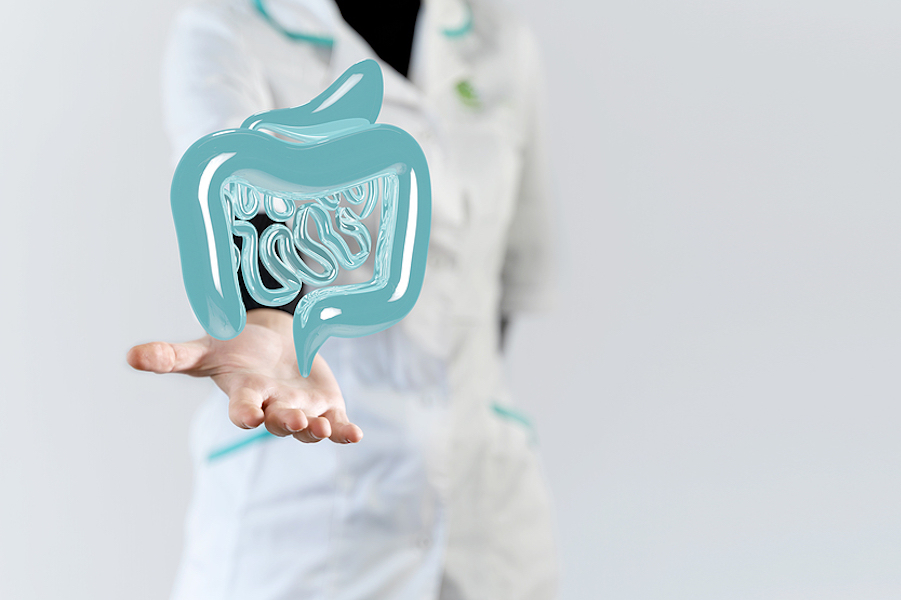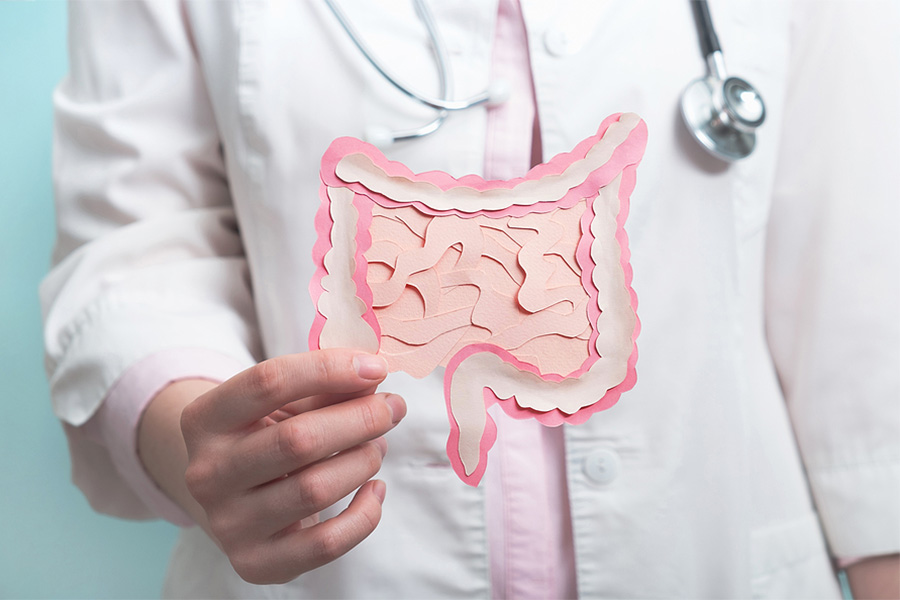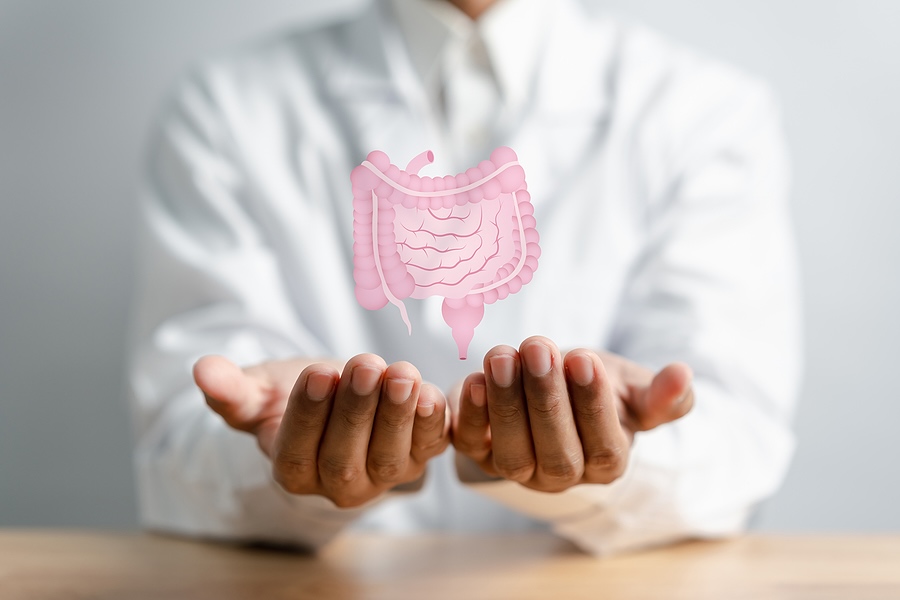I talk with every patient I see about food. Food is truly the best medicine there is, and it’s essential to make sure that your body gets the nutrients it needs. But what about when you’re doing everything right – eating healthy, whole foods full of vitamins and minerals and even taking supplements – and you still have serious symptoms that indicate nutrient deficiency? What’s going on there?
It’s likely an issue of nutrient malabsorption, which can be caused by many conditions: celiac disease/gluten sensitivity, lactase deficiency, infection, parasites, chronic diarrhea, and others. Poor absorption can also be a result of a damaged mucosal barrier, absence of certain enzymes, poor circulation of bile or related acids, defective detoxification or ion transport, or pancreatic insufficiency. What does it mean for your body if it isn’t absorbing nutrients well? You could experience nutrient deficiencies or improper absorption – taking in too much or too little of certain nutrients. And when you don’t have enough, or you have too much, of specific nutrients, those painful symptoms can show up.
Symptoms will look different, depending on which nutrients aren’t being properly absorbed, but they might include foul-smelling, soft, bulky stools; hair loss; fluid retention; digestive issues such as bloating, gas, or explosive diarrhea; anemia; low blood pressure; weight loss; malnutrition; weakened immune system; and muscle atrophy. Women may stop menstruating as a result of poor absorption. Inadequate nutrient absorption can also contribute to systemic problems such as inflammatory joint disease, chronic dermatological disorders, chronic inflammation and sensitivities.
So how can you tell if malabsorption is an issue for you? You don’t have to just guess. A variety of tests are available to determine how well you absorb nutrients. The one used most often is a hydrogen breath test, which can determine lactose intolerance. Other tests for digestive problems look at stool composition and enzyme production, and some involve advanced imaging techniques. Blood tests can measure levels of specific nutrients, but a lack of these nutrients doesn’t always indicate poor absorption – it might be that you simply aren’t eating foods high in those specific nutrients. So you have to look at the full picture, and be persistent in asking for answers.
Improving Absorption
Once you’ve determined that poor absorption is the issue at play, you can take action to turn it around. Functional medicine adopts a combination approach for restoring good nutrient absorption. I suggest you work with a motivated functional medicine practitioner to accomplish what we refer to as the “5 R’s:” Remove, Replace, Re-inoculate, Repair, and Rebalance.
- Remove. Isolate and remove whatever is triggering the problem. An elimination diet can help determine what those triggers are.
- Replace. Once you know what your body is missing, you can give it more of what it needs. It’s time to put back the nutrients, electrolytes, and fluids you’ve been losing. Consider digestive enzyme supplementation and dietary modification.
- Re-inoculate. Reestablish a healthy balance of gut microflora, especially during and after antibiotic treatment. A high-quality probiotic can help with this process.
- Repair. Heal and regenerate GI mucosal tissue using nutritional and supplemental support.
- Rebalance. Consider what you’ve been eating to determine whether you could make different food choices that promote better digestion. Fiber-rich fruits and vegetables, an adequate amount of lean protein, whole grains, beans, nuts and seeds can all be great choices.
With this five-step approach, which has worked wonders for many of my patients with absorption issues, you can take control of your health and feel great again.







